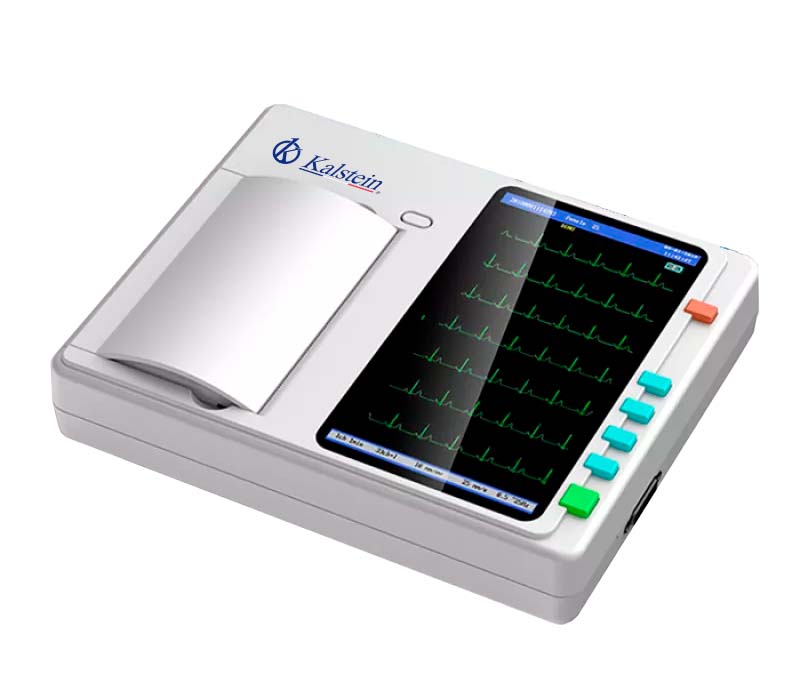Nucleic acids are biological molecules that fulfill essential functions in all cells and viruses, among these involves the storage and expression of genetic information. Deoxyribonucleic acid (DNA) is a biomolecule that carries encoded genetic information that characterizes different living beings. It regulates the functioning of cells, controls the transmission of information, coordinates the interactions of cellular and tissue functioning, regulates the processes of reproduction and maintenance of the characteristics of each species, all this through the genetic code.
Nowadays, the study of genetic variation allows explaining patterns and evolutionary processes. In molecular biology, these studies are addressed by techniques that make it possible to analyze the variation in the DNA molecule in detail. An example of these are the PCRs (Polymerase Chain Reaction) and DNA sequencing, as are molecular markers, DNA segments with or without known functions. Molecular data have allowed us to study more accurately patterns of behavior, natural selection, biological interactions, composition, among others.
Over time, several experimental protocols have been developed to extract DNA, as well as to ensure the removal of inhibitors that hinder molecular analysis. Laboratory preparation of the sample is important, therefore, appropriate procedures for processing and storage should be followed. Having reliable results is initially part of the ability to prepare the samples in appropriate quantities and analyze them while maintaining quality in any procedure. Traditional protocols consist mainly of five stages: tissue homogenization, cell lysis, separation of proteins and lipids, and precipitation.
After DNA isolation, quantification and quality analysis are necessary to determine the approximate amount of DNA obtained. Extraction can also be performed using commercial kits. According to numerous independent studies, the fluorometer has been shown to be a much more accurate and reproducible way of estimating nucleic acid. Fluorometric procedures are popular for measuring DNA, as they are simple and much more sensitive than other methods.
Procedure for measuring DNA with a fluorometer
- Turn on the fluorimeter minutes before using it.
- Prepare standard DNA solutions (100-5000 ng/ml final DNA concentration) and test sample solution (10-500 ng/ml final DNA concentration).
- Zero the instrument: prepare a blank test using 2 ml of the test solution of a high concentration of DNA. Insert the bucket into the well, close the lid and press the appropriate key to display “0”, then remove the bucket.
- Calibrate the instrument: deliver 2 ml of the standard DNA solution to 2 ml of test solution in the bucket and mix. Place the bucket in the well, close the lid, and press the calibration button. For a low range test enter 100, for the high range test 1000, then press “enter”, and after the value entered is displayed, remove the bucket.
- Reset the instrument again: empty, rinse and dry the bucket. Add 2 ml of the test solution used in step 2, insert the bucket into the well, close the lid and press the appropriate key until “0” appears. After “0” appears, then remove the bucket.
- Put the mixture to evaluate in a clean and dry bowl, mix well. Place the bucket in the well, close and record the measurement.
Characteristics of the fluorometer for measuring DNA
- Accuracy: for DNA measurement you must be able to measure 1 to 20 μl of samples, even if they are diluted. You need to be able to measure anything that absorbs at 260 nm, including DNA, RNA, proteins, free nucleotides and excess salts
- Easy and practical: you must have the right technology that facilitates the workflow, the export of data, and its handling is simple to generate reliable, sensitive and specific results.
- Simplicity and speed of response: you should have good performance for the analysis of several samples, always providing results.
- Economic: Costs associated with reagents and instrumentation are low, relative to other analysis techniques.
At Kalstein we are MANUFACTURERS, we offer you high quality equipment, the YR412-A series fluorometer, has a 260 nm LED light source, linear dynamic range of 0.995, easy measurement in 3 seconds for DNA, RNA and proteins, with photodiode detector whose lower DNA detection limit is 0.5pg / ul. It has two fluorescence channels for nucleic acid, 0.5 ml qPCR tube adapter, and 0.2 ml qPCR tube adapter. It is a lightweight equipment that offers practicality and versatility for work in the laboratory. For more information about our products, PRICES, for PURCHASE or SALE, visit us on our website:HERE




